What’s the Difference Between the Porsche 911 Cabriolet and Boxster?
公開日:2021.08.13
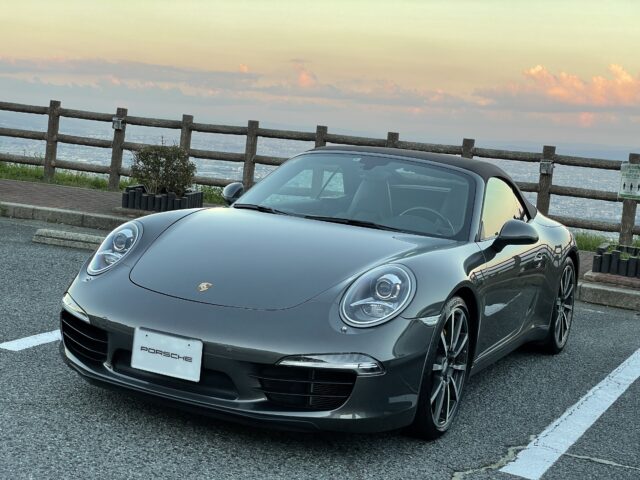
コンテンツ
Comparing the 991.1 Carrera S Cabriolet and the 981 Boxster GTS
If you’ve ever considered buying a Porsche convertible, you’ve probably asked yourself this question at least once: “What’s the difference between the 911 Cabriolet and the Boxster?”
I used to wonder about this a lot myself. I understand the difference between a 4-seater and a 2-seater, and I get the difference between RR and MR layouts. But how do they differ in terms of ride feel, body rigidity, wind intrusion, power delivery, and sound? And is the price gap really justified? These are the kinds of questions I had.
Recently, I had the opportunity to drive a 991.1 (early 991) Carrera S Cabriolet, so I’d like to share a review and compare it with my own 981 Boxster GTS from the same era.
The 991.1 911 Carrera S Cabriolet
The test car was a 2013 Carrera S Cabriolet. It featured a stunning Agate Grey exterior with clear tail lenses, classic wheels revealing PCCB brakes, and an interior loaded with options: leather package, 18-way ventilated sport seats plus, and even a carbon steering wheel—truly a top-notch 911.
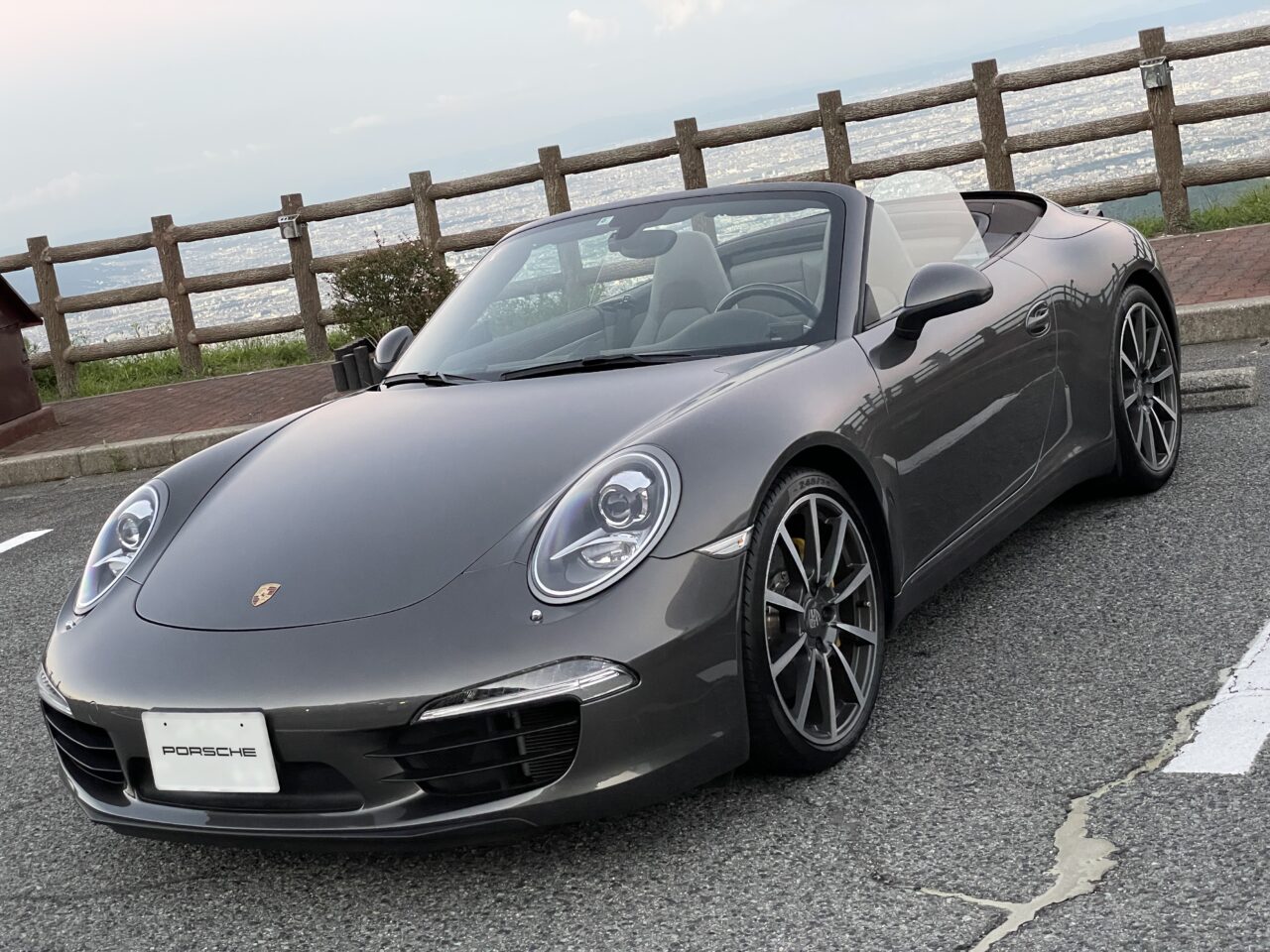
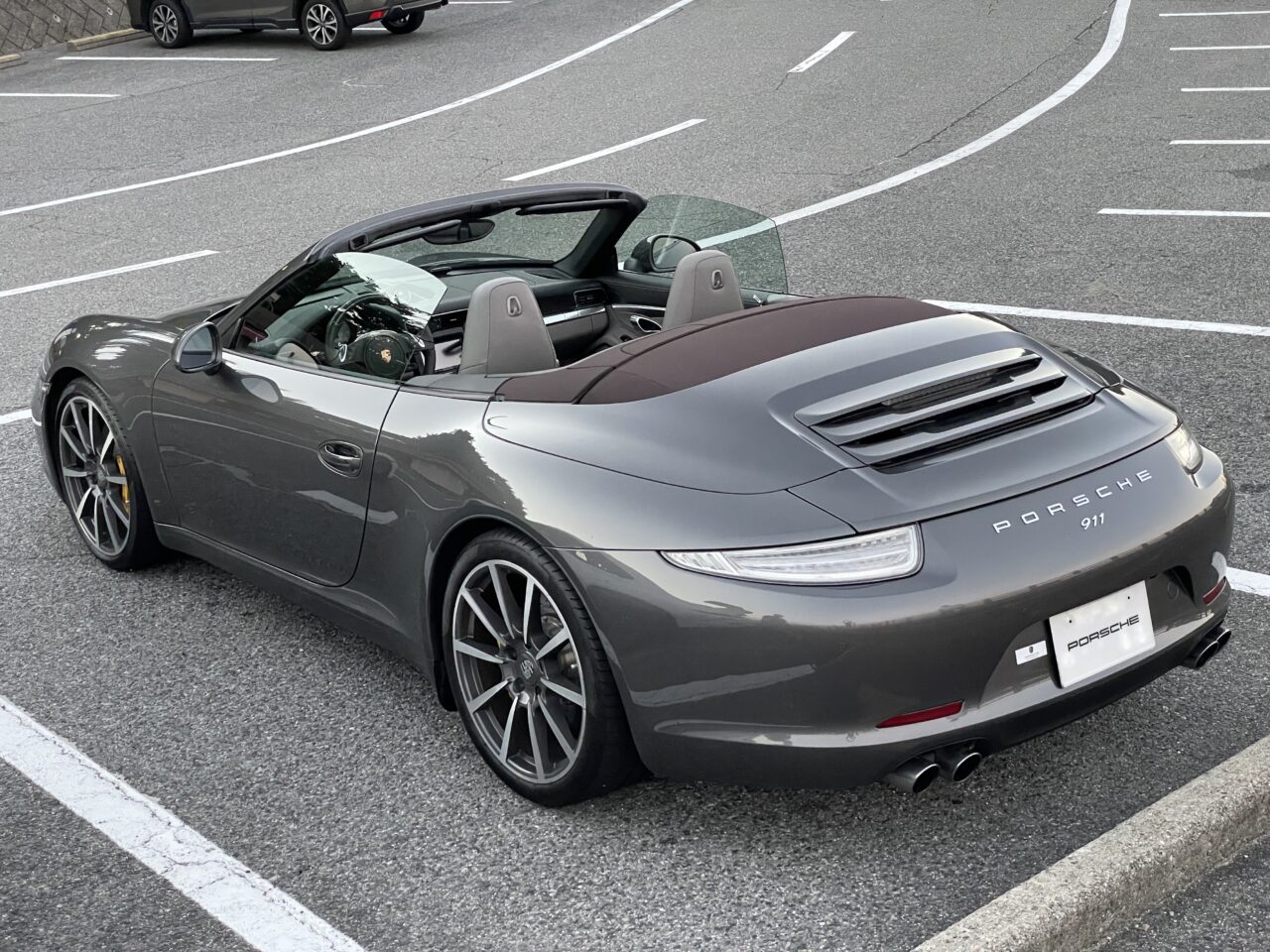
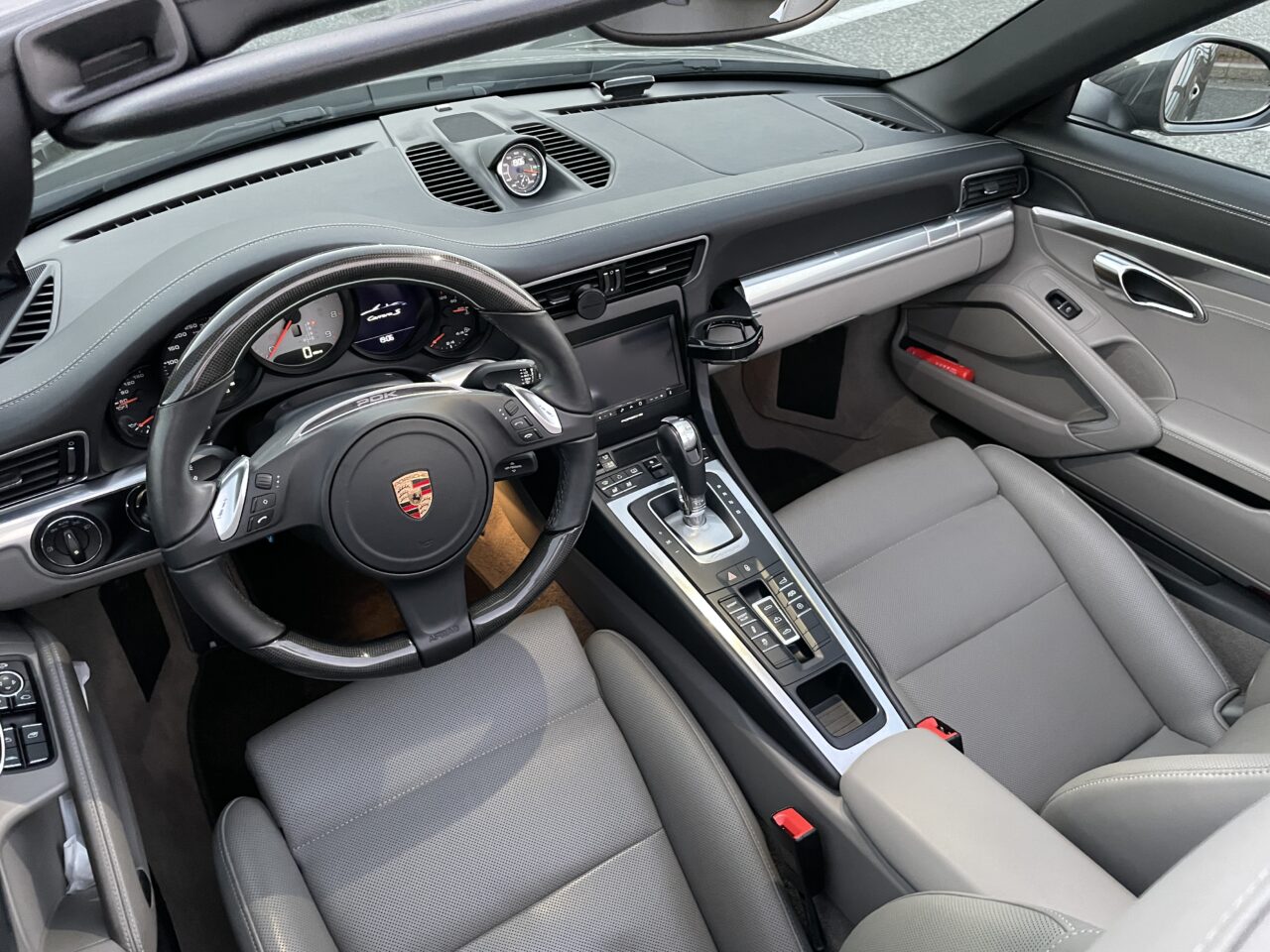
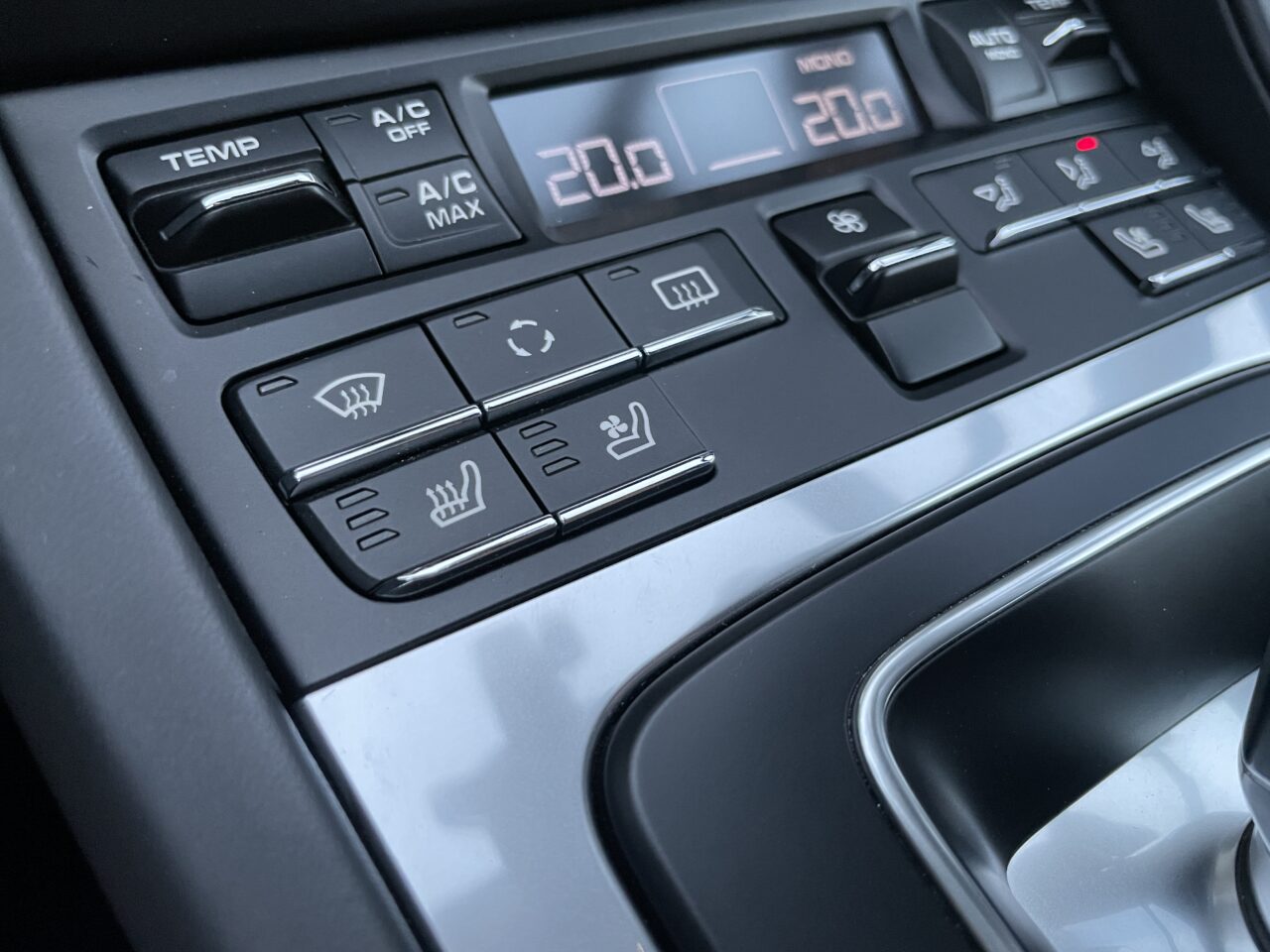
It’s rare to come across a model with seat ventilation
Simply put, it’s gorgeous. The interior and exterior are breathtaking, but once you start driving, it’s even more impressive. The power delivery is just right with a natural torque curve, the suspension is firm yet supple, and the exquisite naturally aspirated sound from low speeds is simply perfect—the overall balance is outstanding.
Honestly, after driving this car, I’m seriously tempted to get an early 991 myself.
Differences in Ride Feel and Body Rigidity
Once you get moving and start cornering, the 911 Cabriolet feels noticeably more rigid than the Boxster. The difference is clear. That said, the Boxster is also impressively stiff—far beyond what you’d expect from most convertibles—but the 911 Cabriolet’s rigidity is on another level.
I’ve driven convertibles more expensive than the 911, but none come close. The design commitment is evident. The 911 Cabriolet’s body is rock solid.
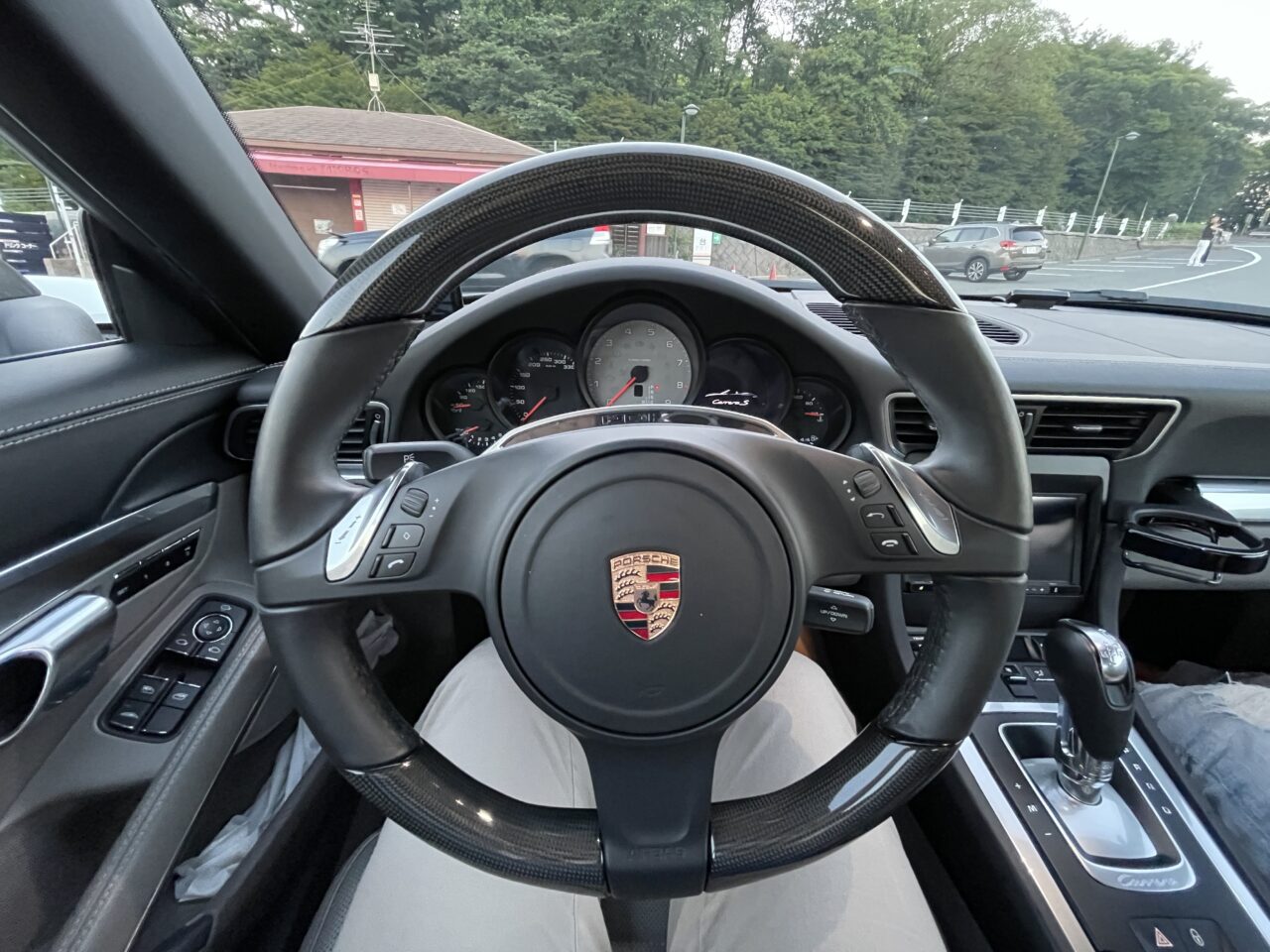
Carbon steering wheel
The 911 Cabriolet responds instantly and precisely even with slight steering input, confidently guiding the front end into corners. Its front-end tracking is very sharp. In fact, the Boxster sometimes feels a bit more RR-like in its front-end behavior.
The solid body shell provides great reassurance, and the roof lining is covered with a hard material, so when the roof is up, you really feel like you’re in a coupe.
This roof lining structure is one of the major differences from the Boxster. The Boxster’s roof lining is just a sturdy fabric under the soft top, but the 911’s lining is covered with a firm shell, giving it the feel of a coupe’s ceiling.
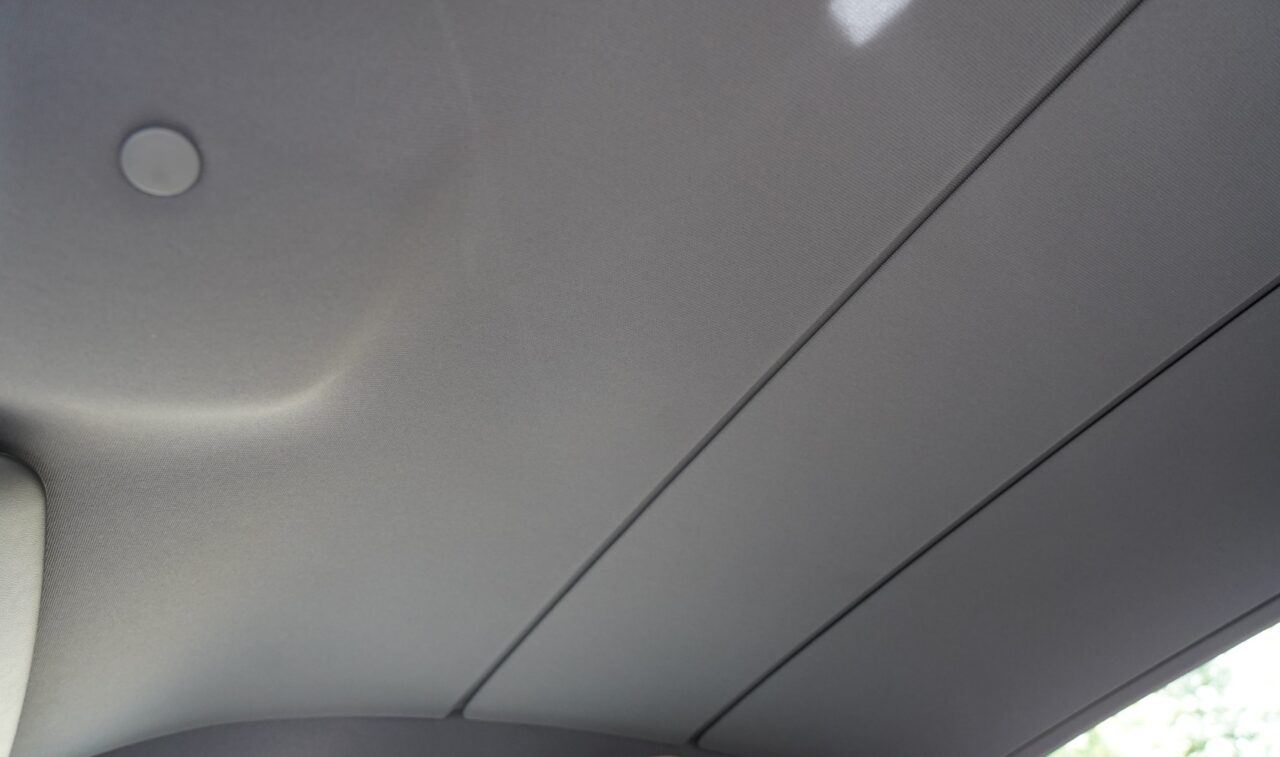
The 911 Cabriolet’s roof lining is covered with a firm, solid material.
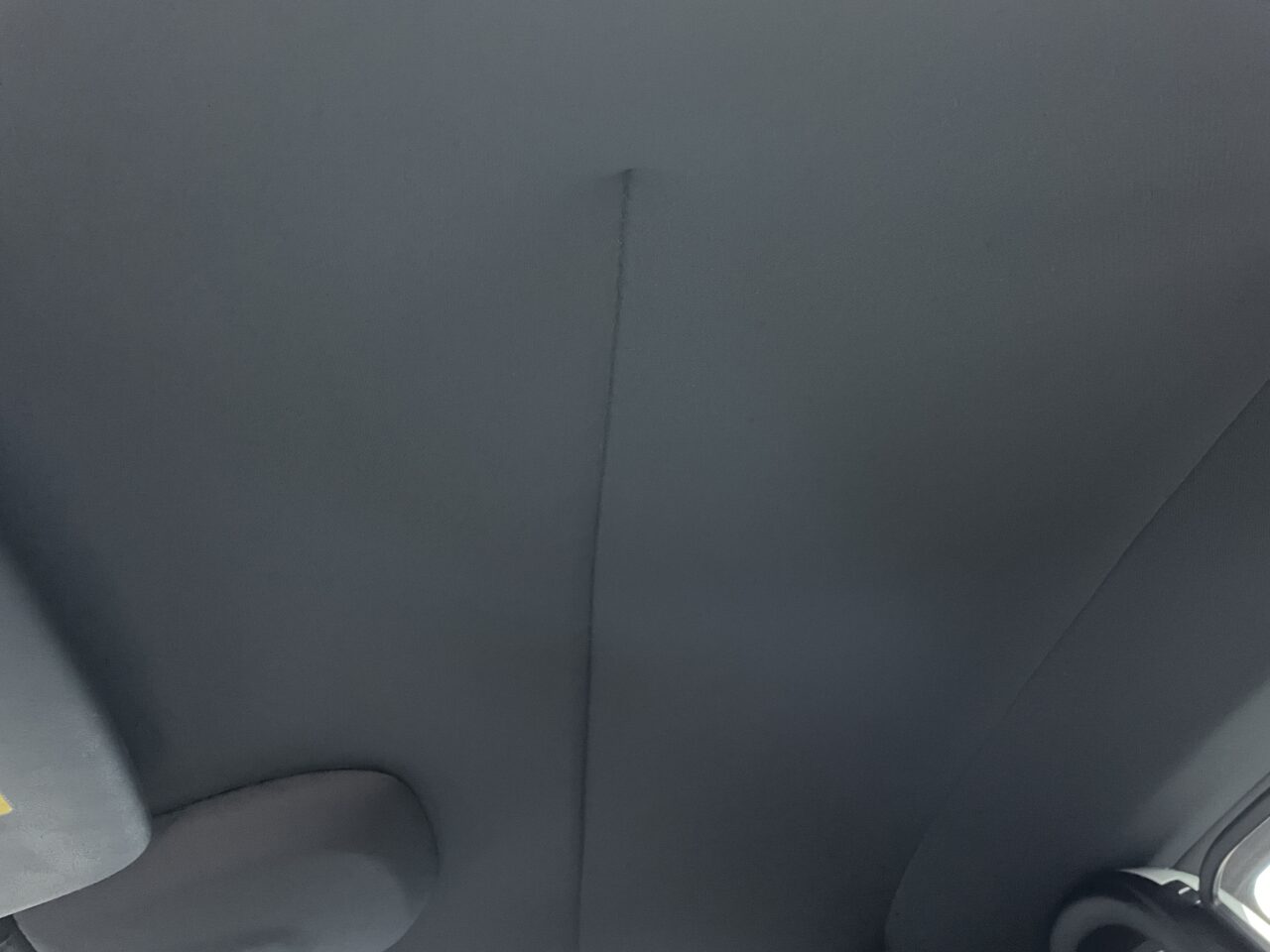
The Boxster’s lining is just fabric, so it feels soft to the touch.
Differences in Suspension and Ride Comfort
Simply put, the 911 Cabriolet’s suspension is firmer, while the Boxster’s is softer. That said, the 911 Cabriolet’s ride is by no means harsh; it’s free of unpleasant vibrations or jolts and still supple. The Boxster, however, feels even more refined and smooth, with vibrations and bumps softened even further.
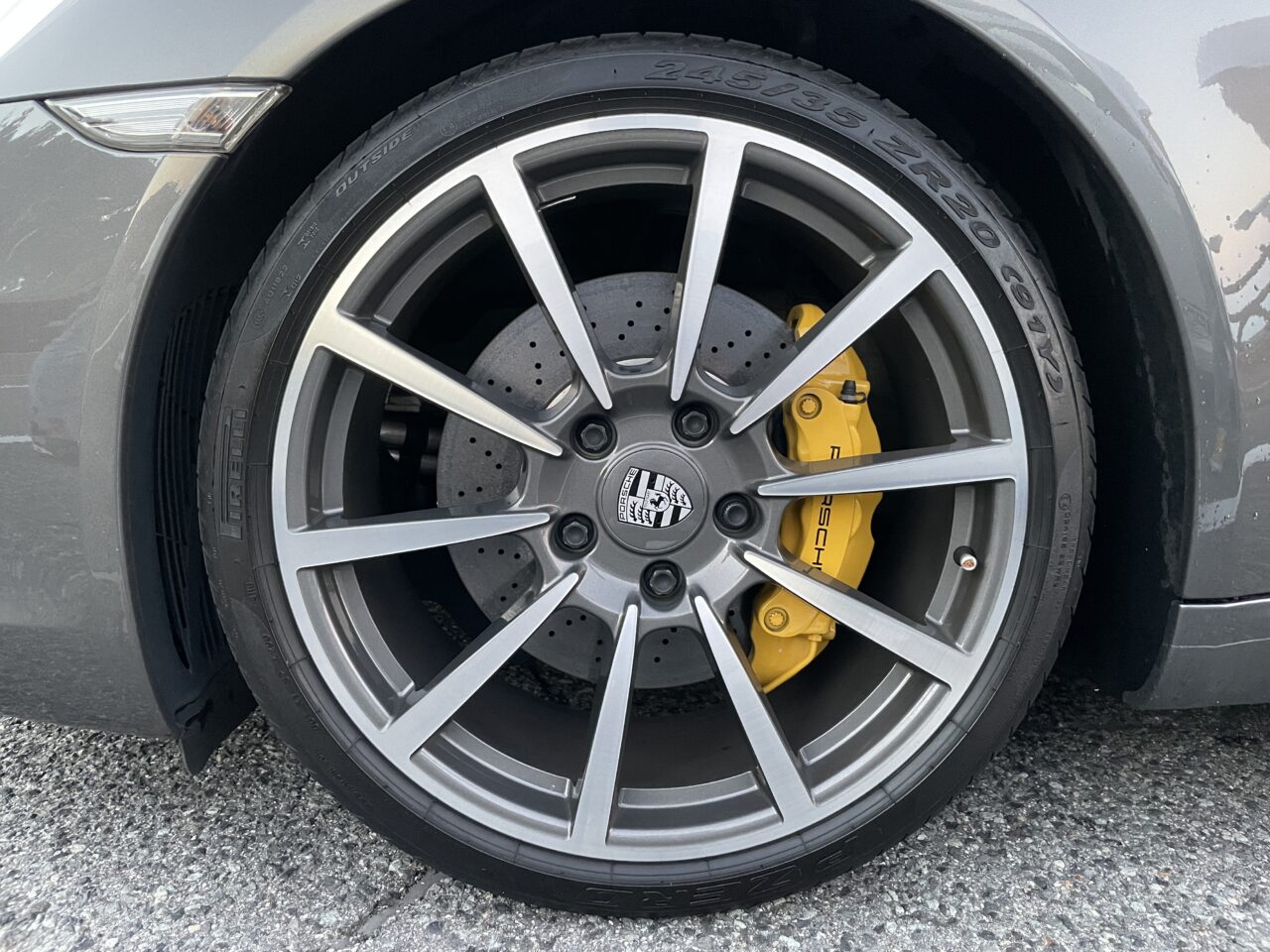
PCCB brakes. Because they’re lightweight, there’s a slight bounce at very low speeds, but ride comfort improves as speed increases.
This difference is partly due to suspension stiffness, but I believe it’s mostly down to body rigidity. The 911’s stiffer body transmits more road vibrations directly, while the Boxster seems to absorb more vibrations through both its suspension and body.
I think this is the main reason for the difference in ride comfort.
Differences in Engine Power
The engines in the 991.1 and 981 share the same basic block but differ in displacement. The 911 Carrera S has a 3.8L engine producing 400 hp, while the Boxster GTS has a 3.4L engine with 330 hp. Both are naturally aspirated flat-six engines that deliver a very satisfying sound.
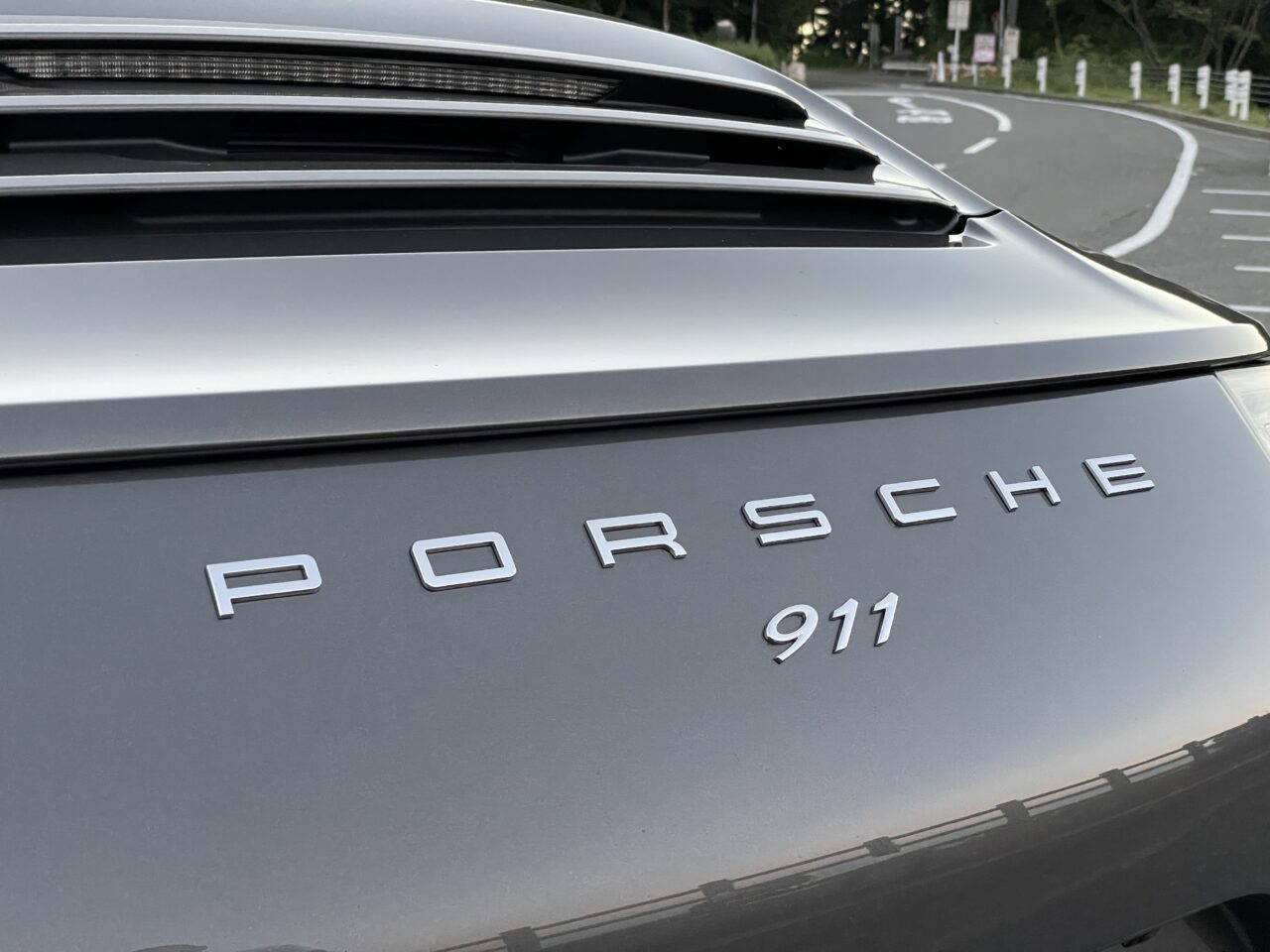
I like how it hides the “Carrera S” badge and just shows “911” instead, a nice touch
The power difference is obvious. The 911 delivers stronger torque and is faster. However, unlike the turbocharged 992 or 718 models, the torque curve remains very natural, so the power delivery isn’t aggressive but offers a long, smooth acceleration as the revs climb.
In this respect, the Boxster’s engine is quite similar, sharing the same character aside from power output.
Differences in Engine and Exhaust Sound
In terms of volume, the Boxster GTS is definitely louder. But the Carrera S is loud enough. Equipped with a sports exhaust, switching it on produces a truly exhilarating sound. This is the pure, clear boxer sound that defines a naturally aspirated engine. In Sport and Sport Plus modes, you hear more burbling, but it’s about 10-20% tamer than the Boxster’s.

Sports exhaust on the 991.1 model
The 911’s sound is more mature and won’t tire you out over long listening sessions. Its larger displacement gives it a slightly deeper tone and a clearer sound than the Boxster. While I love the Boxster’s lively exhaust note, for long-distance touring, the 911’s engine sound feels more comfortable.
Is the Price Difference Justified?
Yes, it is. The price doesn’t lie. Of course, that’s to be expected. The 911 costs about 1.5 times as much as the Boxster, so if they felt the same, 911 owners would be upset. The biggest difference is body rigidity. Although the 911 is a 4-seater with larger openings, which might seem like a disadvantage for rigidity, that’s not the case.
The sense of security from that rigidity, the planted feel, the solid cornering confidence—you can clearly feel that the 911 is a class above. It’s also more luxurious in terms of sound insulation, roof lining structure, and reduced wind intrusion, making it obvious that the 911 is the higher-tier model.
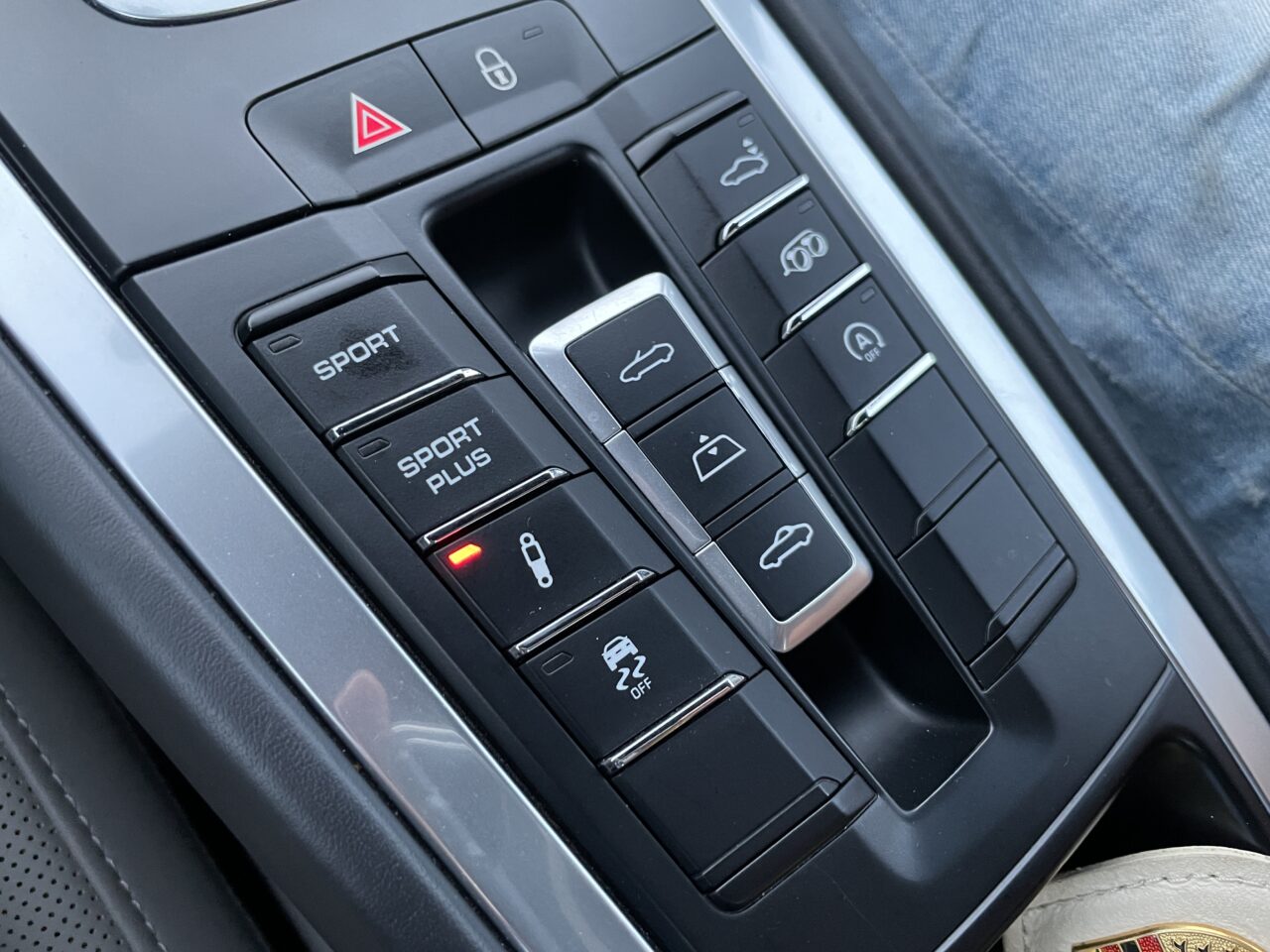
That said, I’m not trying to defend the Boxster. Considering its price, the Boxster’s rigidity, driving quality, and fun factor make it a bargain and an excellent value. It just can’t quite match the 911. It’s not that the Boxster is inferior—it’s that the 911 is simply amazing.
Who Is the 911 Cabriolet For, and Who Is the Boxster For?
If we set aside price and the 2-seater vs. 4-seater difference, the Boxster is probably better for those who prioritize fun, openness, and joy on winding roads. The 911 is the all-rounder, excelling at everything from long-distance cruising to city driving and winding roads.
But don’t misunderstand this as saying the Boxster is more fun or that the 911 is just a luxury coupe.
This is purely a comparison. Both are top-tier, pure sports cars. Neither is a luxury coupe, and the 911 is very enjoyable on winding roads, while the Boxster can easily handle long-distance drives.
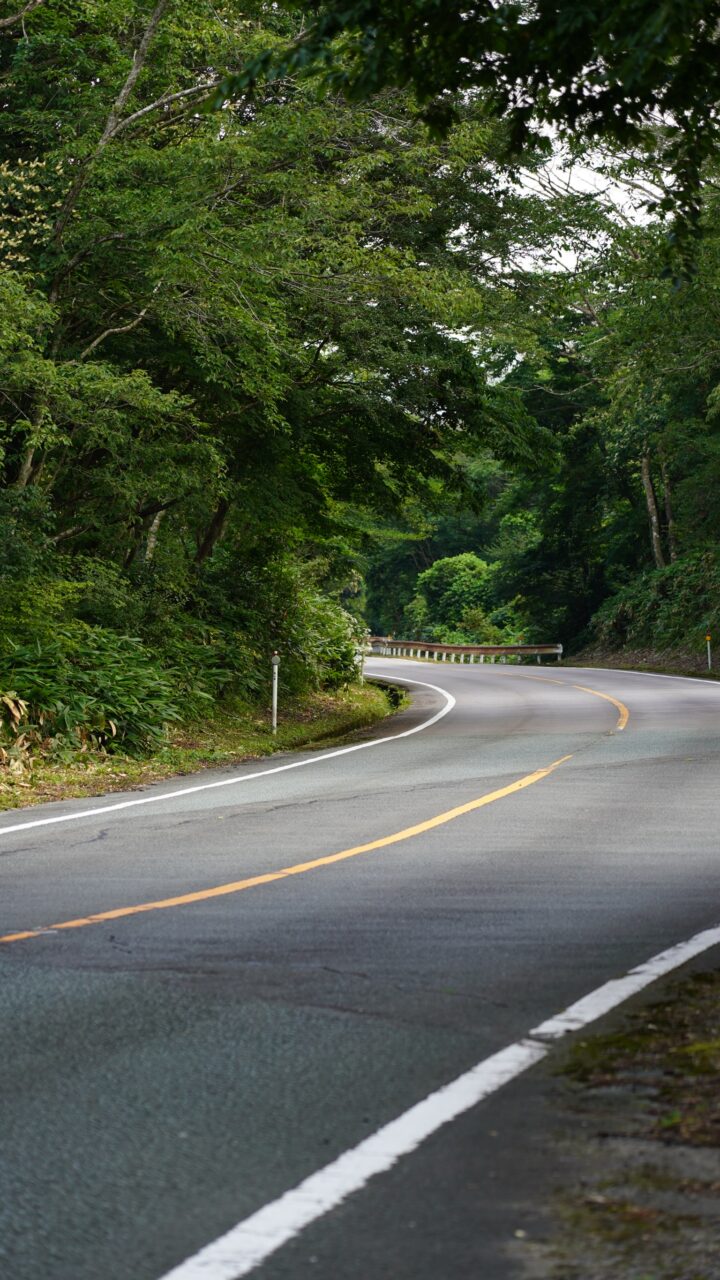
In other words, compared to other brands, the Boxster covers a very wide range, but the 911’s range is even broader. As Porsche’s flagship, the 911 embodies the concept “Race on Sunday, drive on Monday”—in a way, it’s the all-knowing, all-capable pinnacle of Porsche’s lineup.
That’s what makes the 911 the king of the hill.
このブログが気に入ったらフォローしてね!


Comment ( 0 )
Trackbacks are closed.
No comments yet.